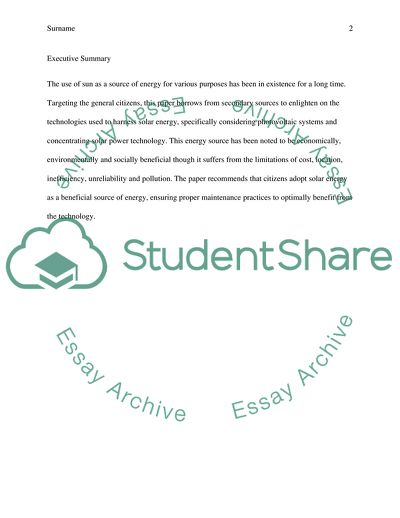Cite this document
(The Main Reasons to Adopt Solar Energy Term Paper, n.d.)
The Main Reasons to Adopt Solar Energy Term Paper. Retrieved from https://studentshare.org/environmental-studies/1823470-solar-energy
The Main Reasons to Adopt Solar Energy Term Paper. Retrieved from https://studentshare.org/environmental-studies/1823470-solar-energy
(The Main Reasons to Adopt Solar Energy Term Paper)
The Main Reasons to Adopt Solar Energy Term Paper. https://studentshare.org/environmental-studies/1823470-solar-energy.
The Main Reasons to Adopt Solar Energy Term Paper. https://studentshare.org/environmental-studies/1823470-solar-energy.
“The Main Reasons to Adopt Solar Energy Term Paper”, n.d. https://studentshare.org/environmental-studies/1823470-solar-energy.


